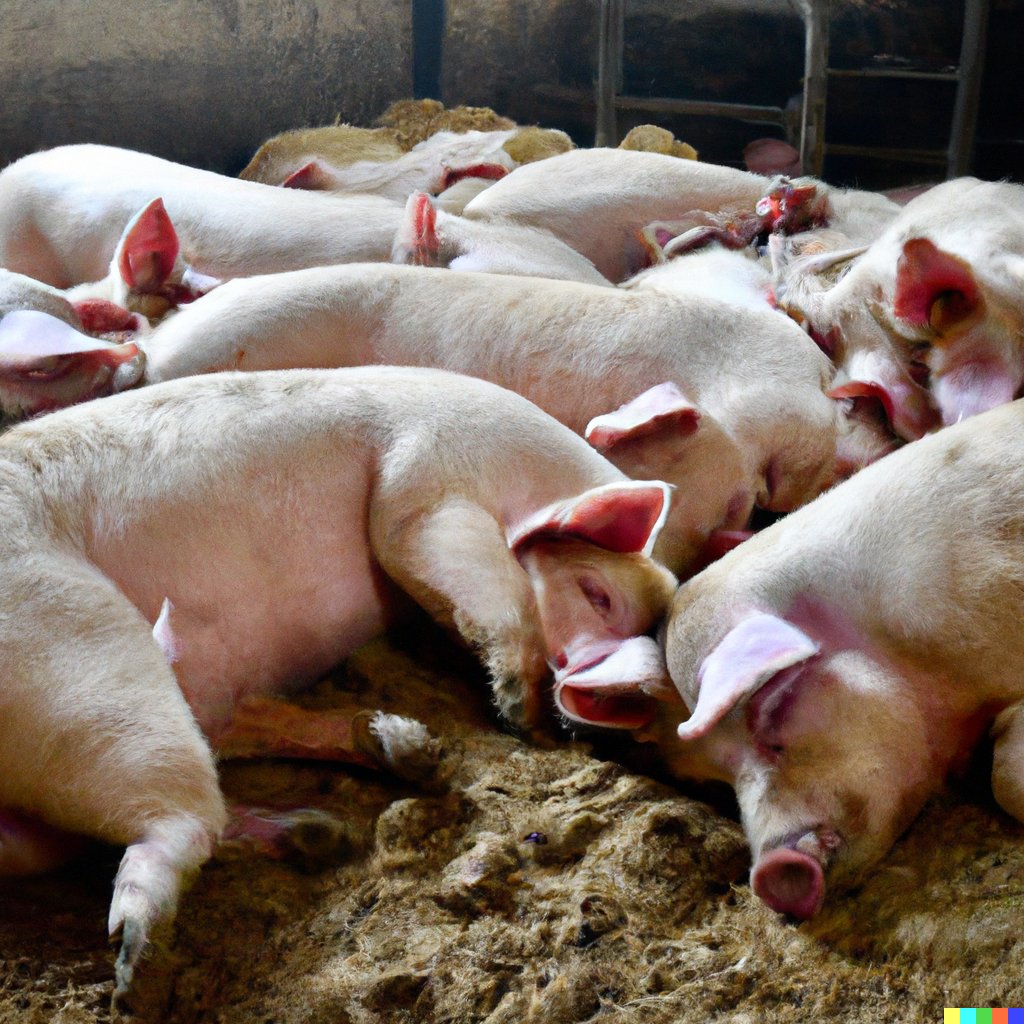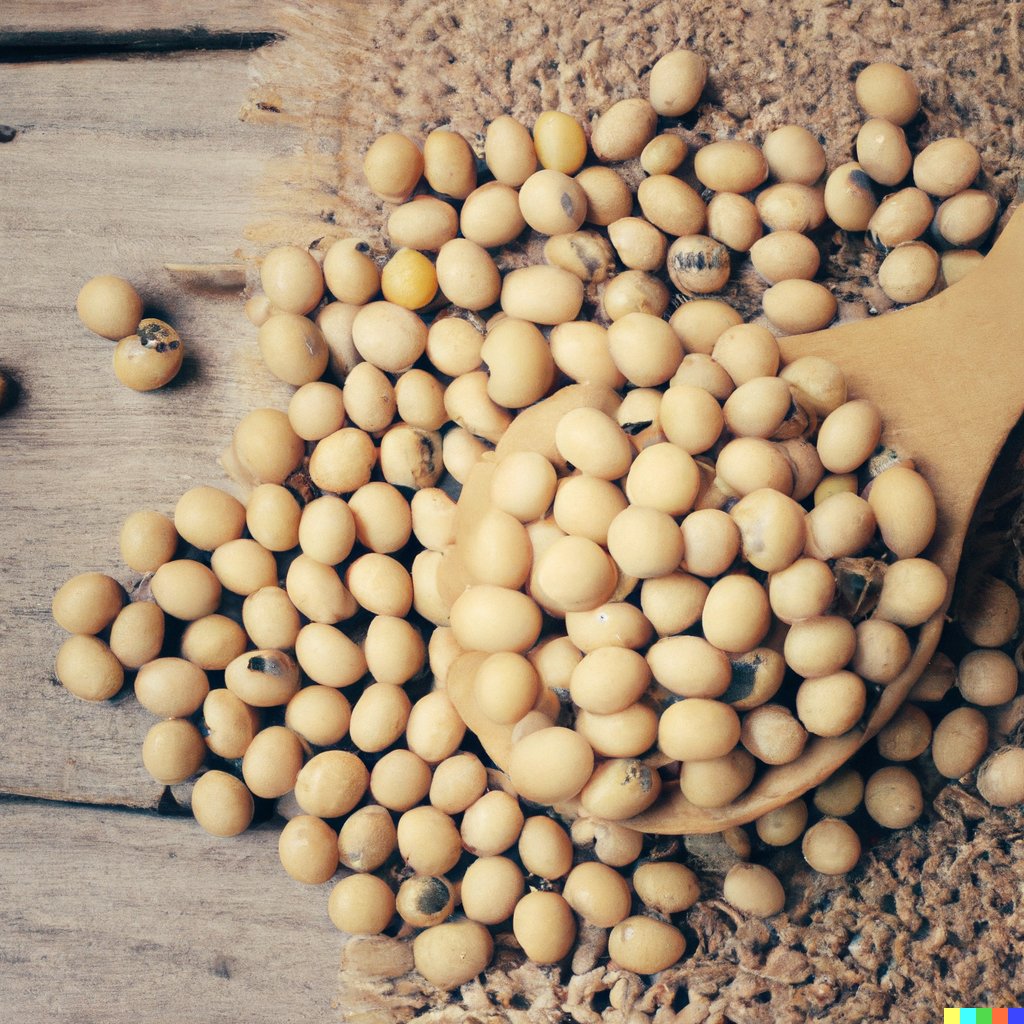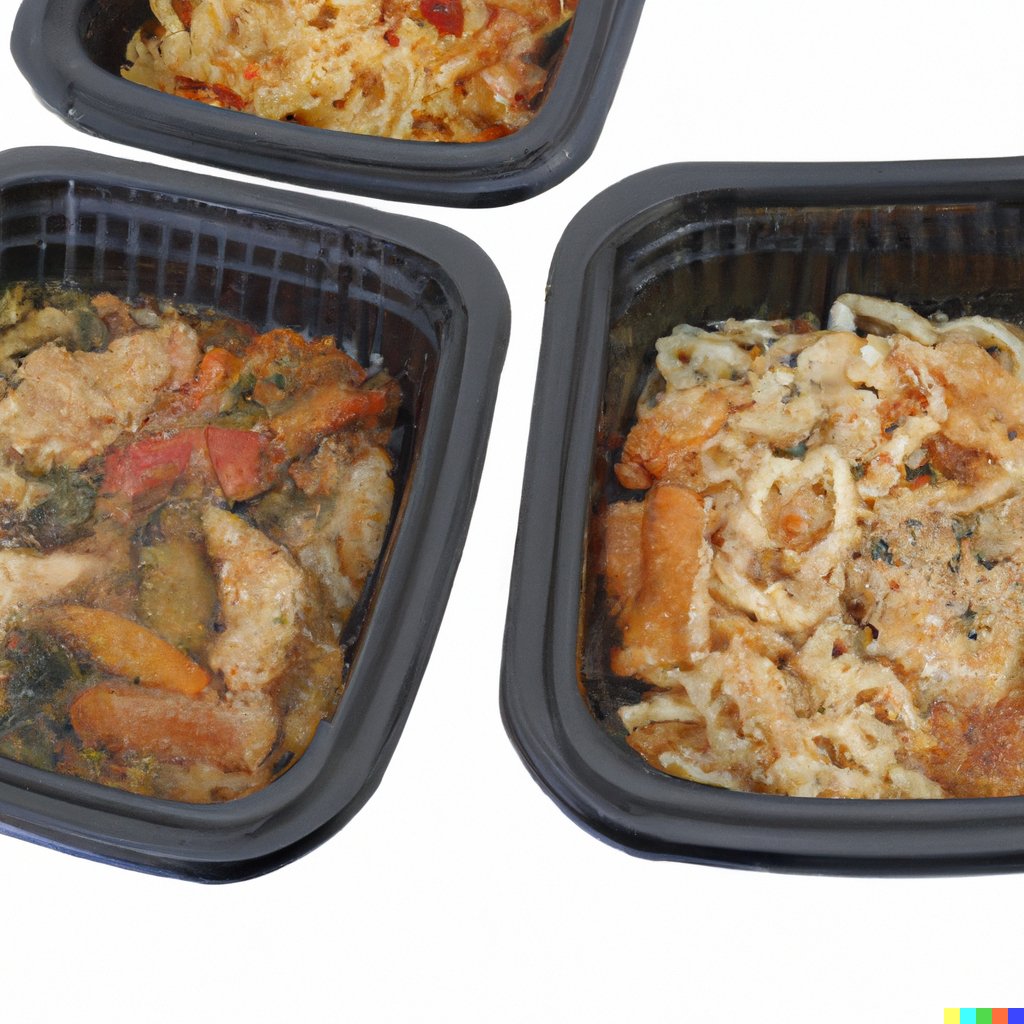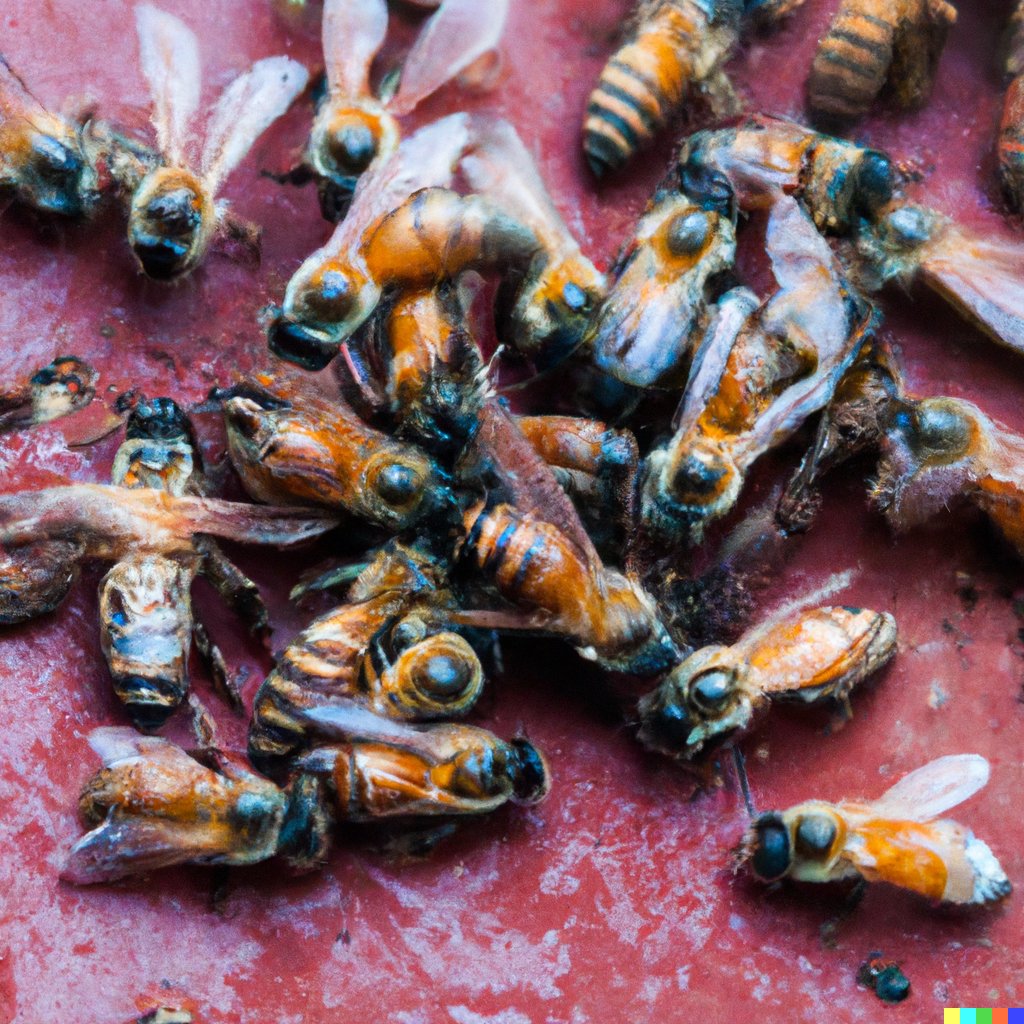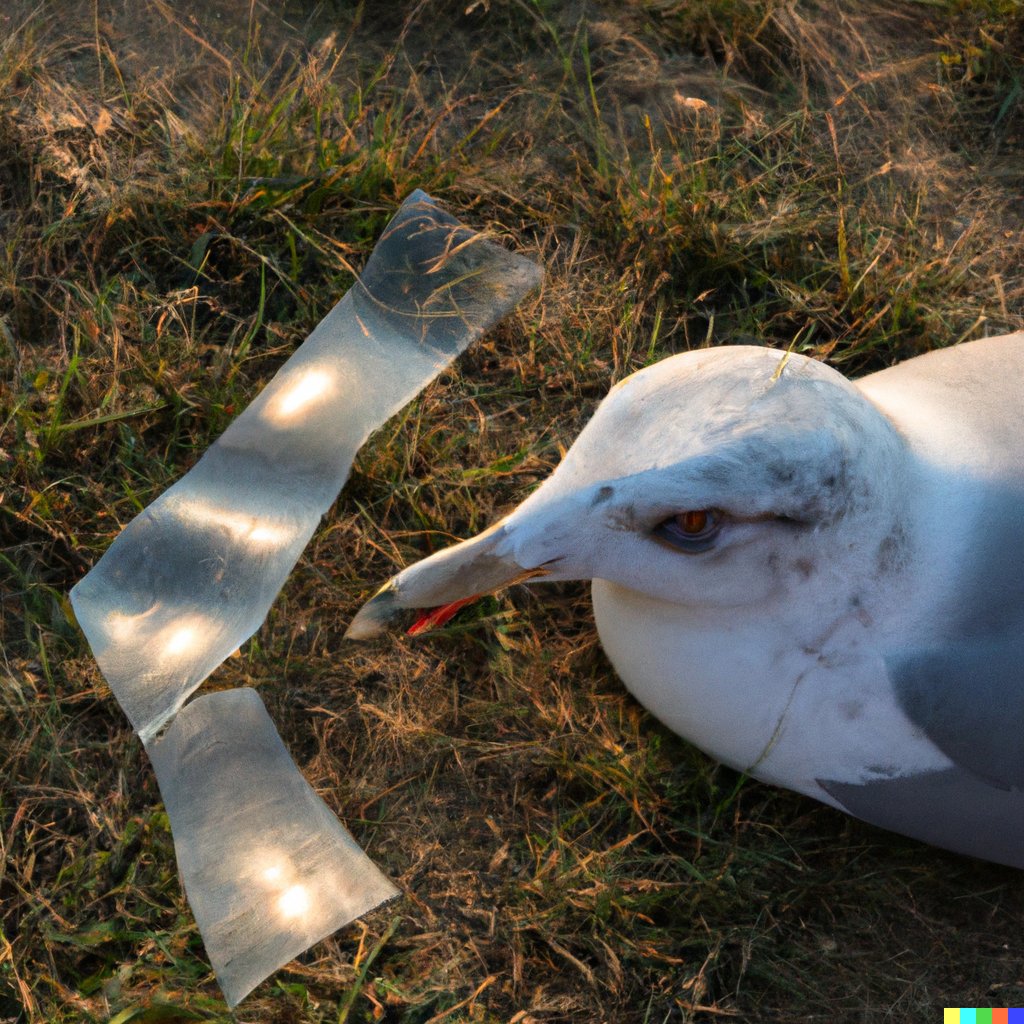
Food packaging plays a crucial role in preserving the freshness and safety of products, but its widespread use has also led to significant environmental consequences. Birds and marine mammals, in particular, are highly affected by the presence of food packaging in their habitats. This article delves into the detrimental impact of food packaging on these vulnerable species.
1. Entanglement and Ingestion
Entanglement
Birds and marine mammals often encounter discarded food packaging, such as plastic bags and six-pack rings, in their natural environments. These items can wrap around their bodies, fins, or wings, leading to entanglement. Entangled animals may suffer injuries, impaired mobility, or even death.
Ingestion
One of the most alarming consequences of food packaging is ingestion by birds and marine mammals. Plastic fragments, microplastics, and larger items like bottle caps resemble prey and can be mistakenly consumed. Ingested food packaging can cause choking, internal injuries, and blockages in the digestive tract, resulting in malnutrition and eventual death.
2. Habitat Degradation
Marine Ecosystems
Discarded food packaging that ends up in marine environments contributes to habitat degradation. As plastic items break down into microplastics, they accumulate in sediments and water, affecting marine ecosystems. Microplastics can also absorb harmful chemicals, which are then ingested by marine life, potentially entering the food chain.
3. Threat to Avian Nesting Sites
Nest Building Materials
Birds, particularly in urban environments, may incorporate food packaging materials, such as plastic or foil wrappers, into their nests. These materials are often harmful and can lead to nest instability, endangering eggs and chicks.
4. Chemical Leaching
Harmful Substances
Some food packaging materials contain hazardous chemicals that can leach into the environment over time. When birds or marine mammals come into contact with these substances, they may experience adverse health effects.
5. Impact on Migration Patterns
Migration Barriers
Marine mammals, such as seals and sea lions, and certain bird species rely on clear migration routes. Floating food packaging can obstruct these routes, potentially disorienting and stranding animals far from their natural habitats.
Mitigating the Impact
Recycling and Waste Management
Proper waste management, including recycling programs and efforts to reduce single-use plastics, is essential to prevent food packaging from entering natural habitats.
Eco-Friendly Packaging Alternatives
Encouraging the use of biodegradable or compostable food packaging materials can significantly reduce the harmful impact on birds and marine mammals.
Education and Awareness
Raising public awareness about the consequences of food packaging on wildlife can encourage responsible disposal practices and promote conservation efforts.
Frequently Asked Questions (FAQs) - The Impact of Food Packaging on Birds and Marine Mammals
Q1: How does food packaging affect birds and marine mammals?
A1: Food packaging, particularly plastic items, poses significant threats to birds and marine mammals. They can become entangled in discarded packaging, leading to injuries and even death. Additionally, mistaken ingestion of food packaging can cause choking, internal injuries, and digestive blockages, impacting their health and survival.
Q2: What are some common types of food packaging that harm wildlife?
A2: Common types of food packaging that harm wildlife include plastic bags, six-pack rings, bottle caps, and plastic wrappers. These items are often mistaken for prey and can lead to entanglement and ingestion when discarded in natural environments.
Q3: How does food packaging contribute to habitat degradation in marine ecosystems?
A3: Discarded food packaging, especially plastics, breaks down into microplastics that accumulate in marine environments. These microplastics can contaminate sediments and water, affecting marine ecosystems and potentially entering the food chain, posing a threat to marine life.
Q4: Do birds incorporate food packaging into their nests?
A4: Yes, in urban environments, some bird species may incorporate food packaging materials, such as plastic or foil wrappers, into their nests. However, these materials can lead to nest instability and endanger eggs and chicks.
Q5: Are there harmful substances in food packaging that affect wildlife?
A5: Yes, certain food packaging materials may contain hazardous chemicals that can leach into the environment over time. When birds or marine mammals come into contact with these substances, they may experience adverse health effects.
Q6: What can be done to mitigate the impact of food packaging on wildlife?
A6: Several measures can help mitigate the impact of food packaging on birds and marine mammals:
- Promote proper waste management and recycling programs to prevent packaging from entering natural habitats.
- Encourage the use of eco-friendly packaging alternatives, such as biodegradable or compostable materials.
- Raise public awareness about the consequences of food packaging on wildlife to foster responsible disposal practices.
- Support initiatives and policies that aim to reduce single-use plastics and promote sustainable packaging practices.
Q7: How can individuals contribute to protecting wildlife from food packaging hazards?
A7: Individuals can play a crucial role by:
- Properly disposing of food packaging in designated recycling bins.
- Choosing products with eco-friendly and biodegradable packaging.
- Participating in community clean-up events to remove litter from natural habitats.
- Supporting organizations and initiatives focused on wildlife conservation and sustainable packaging practices.
Q8: Are there regulations to address the impact of food packaging on wildlife?
A8: Many countries have implemented regulations and initiatives to address the environmental impact of food packaging. These may include plastic bag bans, extended producer responsibility programs, and guidelines for sustainable packaging practices.
Q9: How can education and awareness efforts help protect birds and marine mammals from food packaging hazards?
A9: Education and awareness campaigns can inform the public about the risks posed by food packaging to wildlife. By understanding the consequences of improper waste disposal, individuals are more likely to adopt responsible practices and support conservation efforts.
Q10: What can be done to ensure safer migration routes for birds and marine mammals affected by food packaging?
A10: Maintaining clear migration routes for birds and marine mammals can be achieved by:
- Advocating for the removal of floating debris and food packaging from water bodies and coastal areas.
- Supporting initiatives that address pollution and marine debris to protect migration paths.
Conclusion
The widespread use of food packaging has led to severe consequences for birds and marine mammals, including entanglement, ingestion, habitat degradation, and disruption of migration patterns. To safeguard these vulnerable species, it is crucial to prioritize responsible waste management, embrace eco-friendly packaging alternatives, and educate the public about the importance of protecting wildlife and their natural habitats from the harmful effects of food packaging.
Conclusion
The impact of food packaging on birds and marine mammals is a pressing environmental concern that demands urgent attention. The indiscriminate use and improper disposal of food packaging materials have led to severe consequences for these vulnerable species and their habitats.
Entanglement and ingestion of food packaging pose significant threats to the survival of birds and marine mammals. Discarded plastic items, in particular, break down into microplastics, contaminating marine ecosystems and entering the food chain, ultimately affecting the health and well-being of marine life.
Habitat degradation, especially in marine environments, further exacerbates the challenges faced by these animals. Nest instability due to the incorporation of food packaging materials puts avian species at risk during their crucial breeding and nesting periods.
Addressing the impact of food packaging on wildlife requires collective efforts and responsible practices. Recycling programs, eco-friendly packaging alternatives, and public awareness campaigns play a pivotal role in mitigating these environmental threats.
As individuals, we can take proactive steps to protect birds and marine mammals by responsibly disposing of food packaging, supporting sustainable packaging practices, and participating in community clean-up initiatives.
In conclusion, safeguarding the well-being of our avian and marine counterparts necessitates a paradigm shift towards sustainable packaging solutions and environmental consciousness. By taking decisive action today, we can create a healthier and more harmonious coexistence with nature, ensuring the preservation of these magnificent species for generations to come.








